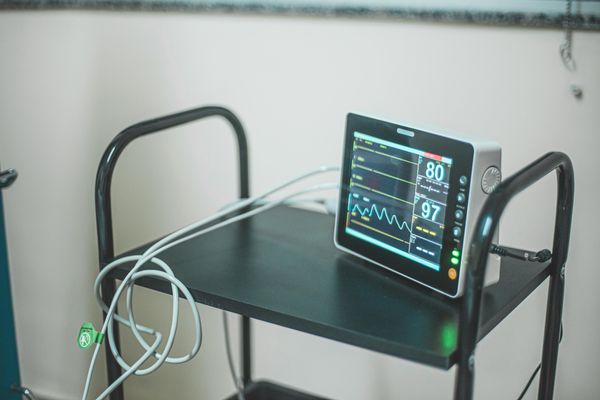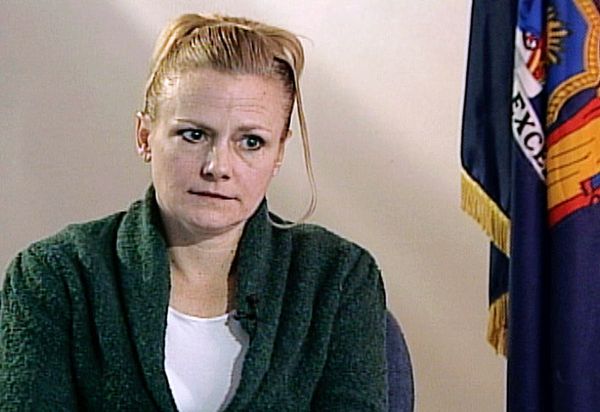
Australia’s employers added 32,600 more jobs last month as the economy maintained its resilience despite a leap in interest rates.
Australia’s unemployment rate in June was 3.5%, the Bureau of Statistics said on Thursday. Economists had expected the rate to remain unchanged for the month from May’s 3.6% tally, with a net 15,000 positions added. The ABS revised May’s rate down to 3.5%, not far shy of last October’s 3.4%, the lowest since the mid-1970s.
“The rise in employment in June saw the employment-to-population ratio remain at a record high 64.5%, reflecting a tight labour market in which employment has recently increased in line with population growth,” said Bjorn Jarvis, ABS’s head of labour statistics, noting the economy had now added a million jobs since before the pandemic.
The jobs figures along with June quarter inflation numbers due out next Wednesday will be examined closely by the Reserve Bank when its board meets on 1 August to consider extending its July pause in lifting interest rates.
The RBA’s 400 basis points of rate increases since May 2022 mark the sharpest tightening of monetary policy in three decades. In minutes of its July meeting noted “spare capacity in the labour market remained near multi-decade lows”, with job vacancies remaining “very high”.
The Australian dollar jumped a quarter of a US cent to 68.25 US cents on the news, implying investors revised higher their expectations for another RBA rate rise. In late afternoon trading, the dollar had strengthened further to be 68.33 US cents.
Listed companies, which are sensitive to higher borrowing costs, saw their share prices ease back, trimming the morning’s gain to 0.2%. The ASX 200 benchmark stock index ended flat for the day.
Of the jobs tally, the economy added 39,300 full-time positions last month and shed 6,700 part-time roles.
A lower participation rate factored into the reduced jobless tally. That rate edged 0.1 percentage point lower to 66.8% from last month’s record high, Jarvis said. For women the participation rate dropped 0.2 percentage points to 62.5%, while the proportion for men, it rose 0.1 percentage point to 71.3% for men.
Monthly hours worked increased by 0.3% in June, another sign of the strength of demand for workers.
“Over the past 12 months, hours worked increased 4.7%, outpacing the 3% increase in employment,” Jarvis said.
Among the states, New South Wales continued to lead the pack. Its jobless rate sank to a record low 2.9% in June from 3% in May.
In Queensland the unemployment rate last month sank to 3.6% in June from 3.9% the previous month. Victoria’s was unchanged at 3.7%.
David Bassanese, chief economist at Betashares, said the labour market strength “will pressure” on the RBA to hoist its cash rate higher yet. Consumer price index figures for the June quarter scheduled for release on 26 July may be critical for the decision.
“Although the sheer size of the employment gains can be partly explained by a strong rebound in labour supply (higher immigration and workforce participation), the impressive aspect of recent labour market reports is that all these newly available workers appear to be easily finding jobs,” Bassanese said.
“The overall strength in employment is also likely to help underpin household incomes, countering some of the impact of higher interest rates on spending power,” he said.
Pat Bustamante, a senior Westpac economist, said the labour data showed the market remained “unquestionably strong”.
“While the forward labour market indices, such as the number of jobs ads or applications per ads, are pointing to a softening in conditions, today’s result shows that pent-up demand is strong enough to generate jobs for Australia’s labour supply that is growing at a record rate,” Bustamante said.
“When you combine today’s result with the recent wage outcomes including the Fair Work Commission decision for 2023-24, we continue to expect the Reserve Bank to err on the side of caution and hike by another 25 basis point in August,” he said. “However, as we approach the end of the tightening cycle, all monthly meetings will be live and finely balanced.”







